From Autumn Issue 59
Glass Man speaks to Outer Banks star Chase Stokes about fate and what it actually takes to make your dreams come true
Do you believe in magic? You know, that proverbial saying that “everything happens for a reason”? You will after you hear the story Chase Stokes has to tell. “I failed that fucking audition for Stranger Things so badly that I didn’t say a single word,” the 32-year-old actor begins.
“I drove eight hours from Atlanta back to Orlando, where I was living at the time. And later, the same Netflix executives in the room when I didn’t say a word were the ones who hired me for Outer Banks.”
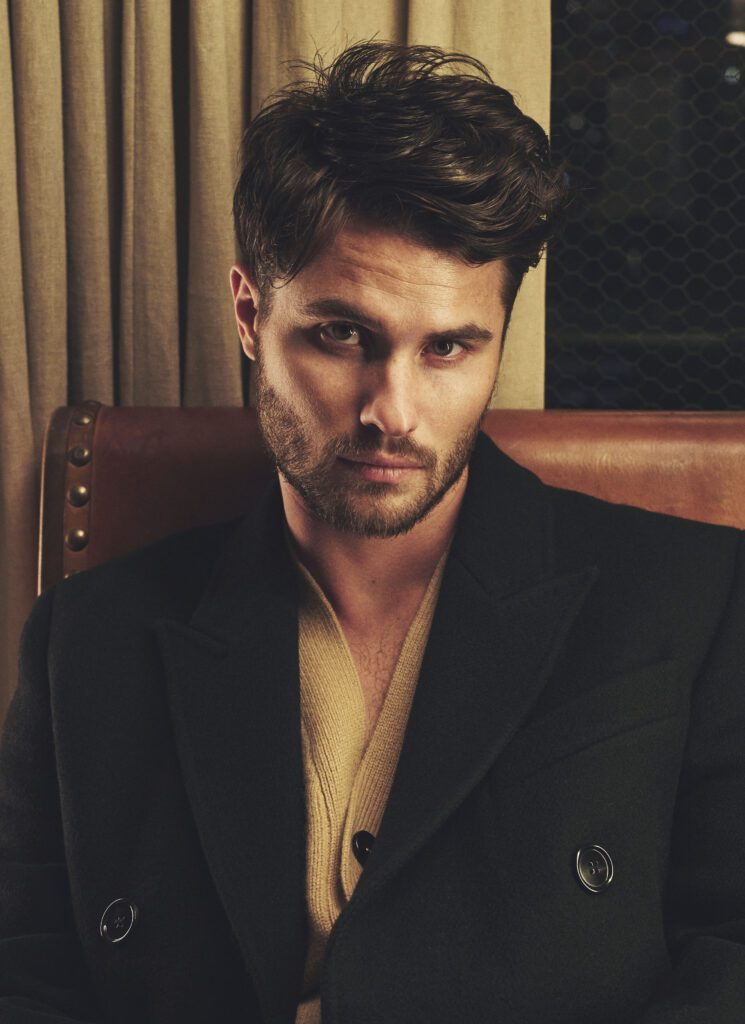
Photographer: Ssam Kim
Best known for his role as John B in the Netflix action-adventure series, Stokes was born in Annapolis, Maryland, and later on moved to Florida to study for an arts degree at University of Central Florida. He joined Outer Banks in 2020 and the drama quickly gained a dedicated fan base, catapulting him into the spotlight. But if only his journey was that straightforward.
Before his breakthrough part, he had hit rock bottom. “Funnily enough, I had originally auditioned for Charlie [Heaton]’s and Joe Keery’s roles [in Stranger Things],” the actor begins. “When they were doing the table read, they called me and said, hey, we’re having an issue getting one of our actors over from the UK – it was Charlie – due to visa issues, as often happens. They asked if I’d be willing to come to Atlanta and read as Charlie’s character, Jonathan Byers. So, ironically, I ended up doing the entire table read for Charlie as Jonathan Byers.”
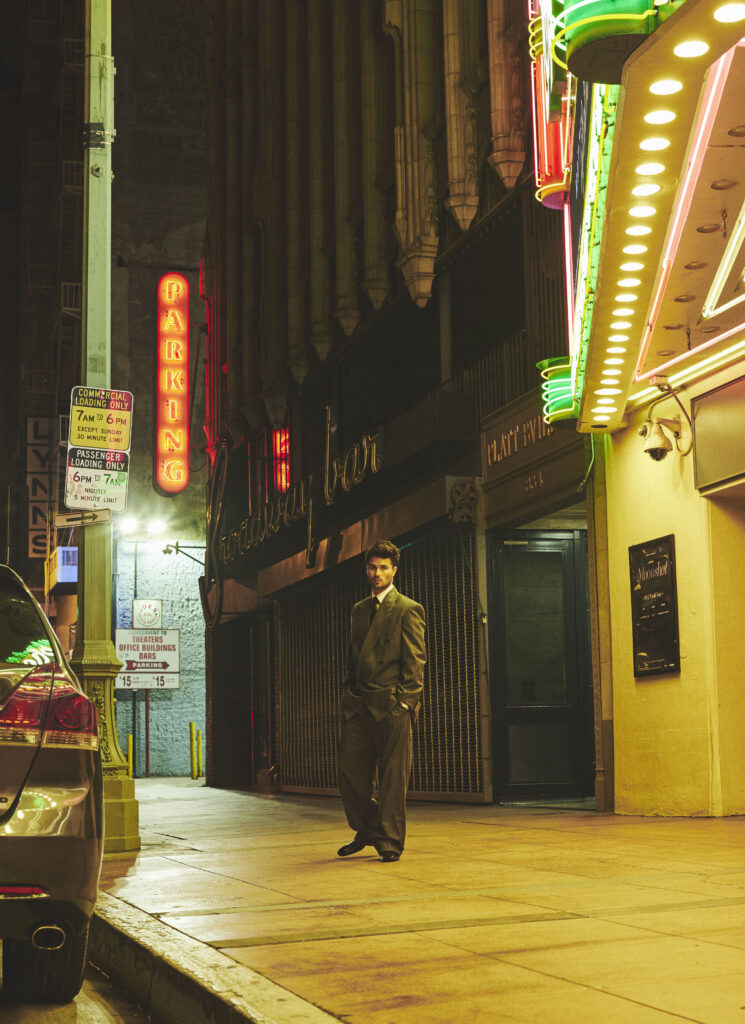
Photographer: Ssam Kim
It’s ironic and oddly intertwined and yet Stokes’ subsequent rejection in Stranger Things led him to Outer Banks. There’s a witchy-woo-woo quality that most successful actors possess. And that’s the ability to believe in the unbelievable. To hit rock bottom only to bounce back again. To have blind faith however broke or hungry they are.
When Stokes got cast for Outer Banks, he was in debt, on the cusp of being evicted and had given up every single other source of income that he had. If he was going to make it big in the industry, he had to risk it all. It’s an odd conjunction of actually trusting that innate gut feeling without ever having a guarantee that you’re going to succeed. That’s hope. And hope takes courage. Stokes has plenty. What else was there to lose? “I’ve already tripped and fallen on my face, so it can’t be any worse than what I’ve already done,” he reflects.
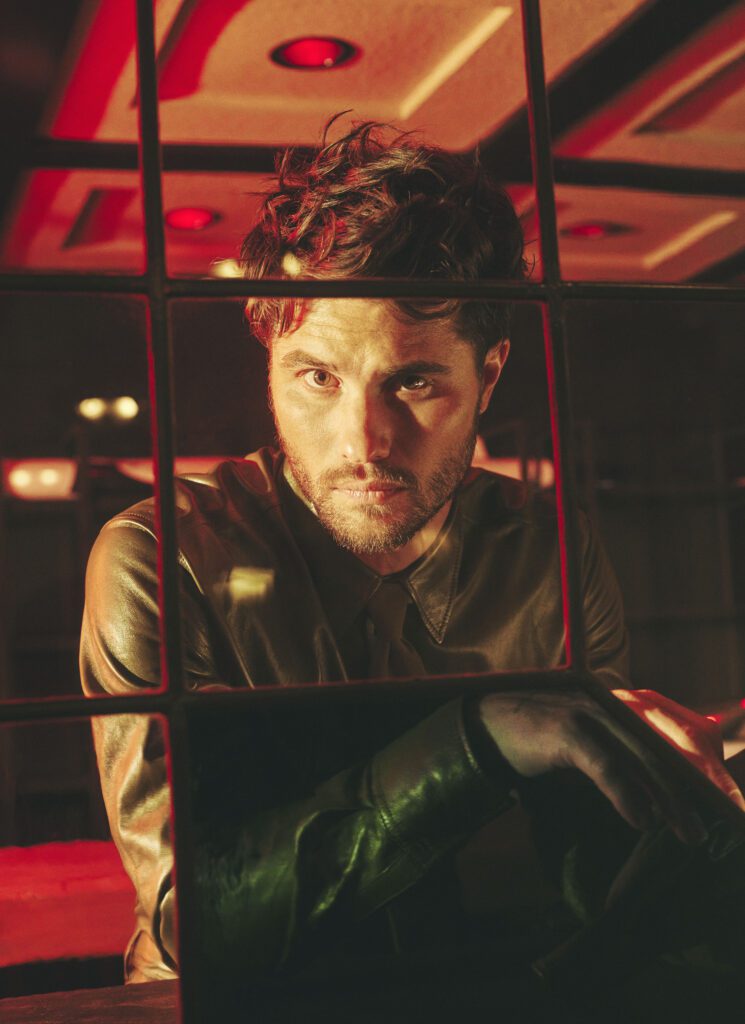
Photographer: Ssam Kim
“I believe in fate, and I believe in God. I think we’re not supposed to know why, but we’re supposed to learn something in the process. There’s a growth moment that happens when things happen in our lives. I think it also goes back to perspective, looking at it like, okay, there’s something I’m supposed to learn here. You have to know the downs to appreciate the highs.”
Outer Banks has completely shifted his career. But growing up, the young actor was left to navigate the landscape on his own. “I didn’t grow up in the industry. I didn’t have a North Star or an ‘Idiot’s Guide to Being an Actor’. I had no one to talk to about how to do this. I just followed my gut and intuition and, along the way, little moments would happen that gave me a pat on the back, like, hey, this is the right path.
I was learning how to be a more present human being. Life was changing, life was shifting, and more beautiful life moments were happening. To me, those were little signs along the way, saying, this might not be the vertical growth you’re looking for but it’s a side quest that’s taking you in the right direction. You’re heading north, which is where you want to go.”
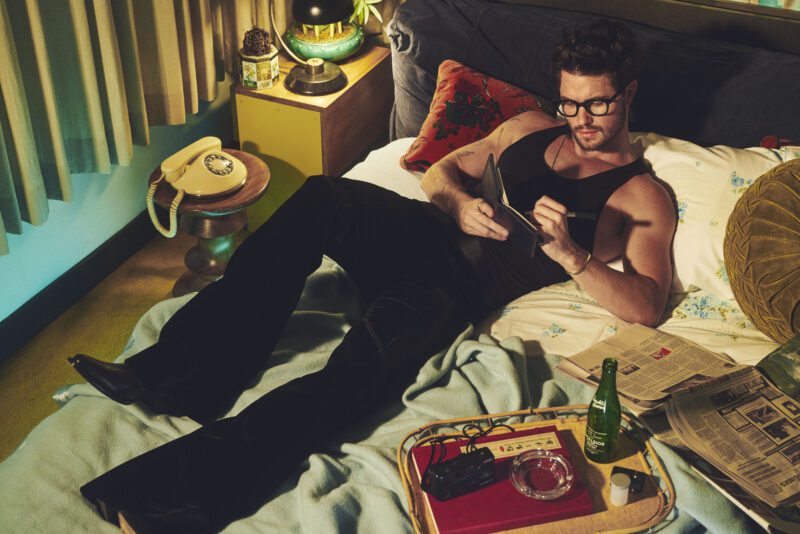
Photographer: Ssam Kim
And throughout his journey, nothing but emotional resilience kept him in place. Hence why now, having come full circle, we’re faced with a man who values gratitude, loyalty and dedication to one’s craft. “My dad left when I was very young,” he declares.
“My mum went through a second divorce when I was 15. I lost my grandmother, my best friend, the weekend we started shooting Outer Banks. I lost my cousin, who was also my best friend, the day Outer Banks came out during the pandemic. I’ve lost family members left and right in the process of having the biggest moments of my life.”
He adds philosophically, “There are several ways to look at it: you can live and dwell in the pain, or you can say, I’m going to carry on their legacies. It’s fucking hard, but it’s important to be vulnerable about it because no one really talks about it. I don’t think a lot of people would have the guts to share this, but if I can help someone who’s going through that, I’m doing the right thing. I had a lot of moments where I questioned my purpose, my existence and my survival. I’ve dealt with it, on and off, in waves,” he concludes.
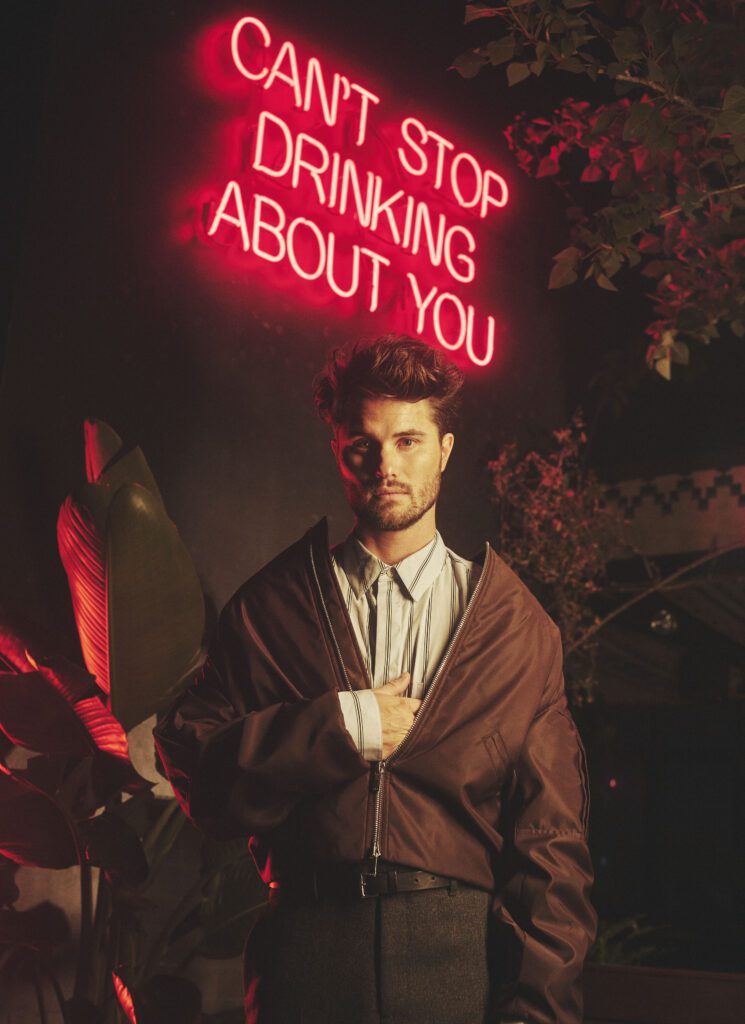
Photographer: Ssam Kim
Dedication and a desire to give back are now the main things that fuel his creativity and drive. He believes that, ultimately, art is a component of pain. “Look at Shakespeare – much of his work reflects that. Perhaps it’s not the best example, but I believe art has always been, and will forever be, intrinsically linked to emotional turmoil. If you can’t be honest with your emotions, then don’t choose art as your career field.
“Look at the earliest forms of acting, like jesters performing for kings and queens – if they failed at their job, they died. It’s a dark and stark contrast, but I bring it up because if you don’t have a connection of gratitude for the people consuming your art, that art can become all-consuming.”
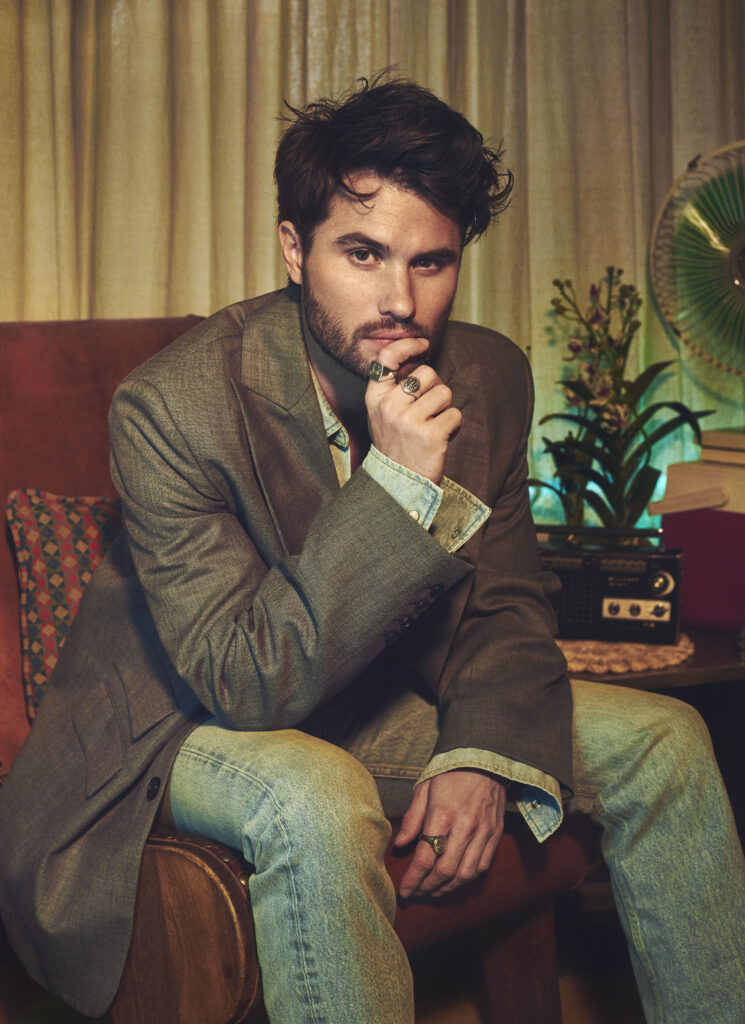
Photographer: Ssam Kim
Life-altering events lead to changes in the value system. Where does Stokes stand now, as opposed to five years prior? “When any form of success comes, your value system inevitably changes because life is now different. The things you once needed to survive or operate on a day-to-day basis are no longer the things you need anymore. So, traditionally speaking, your value system has to change. You have to adapt and adjust – it’s a modern form of evolution.”
But what is the driving force that makes him want to continue to be a vehicle of communication and tell more stories? “Storytelling, at its core, is simple. It’s human-to-human connection. And that’s what we need more of.”
by Adina Ilie
Photographer: Ssam Kim
Stylist: Avo Yermagyan
Art Director: Evan Woods
Groomer: Catherine Furniss using BALMAIN HAIR
Producer: Jesi Le Rae
Styling assistant: Mary Yermagyan
Shot on location at STILE Downtown Los Angeles by Kasa/Sauced
Talent: Chase Stokes
Look 1: AMI PARIS
Look 2: SAINT LAURENT BY ANTHONY VACCARELLO
Look 3: FERRAGAMO
Look 4: All clothing DSQUARED2, Jewellery DAVID YURMAN, Eyewear PAUL SMITH
Look 5: All clothing DIOR MEN, Jewellery DAVID YURMAN
Look 6: Shirt, trousers and blazer RHUDE, Jewellery DAVID YURMAN
